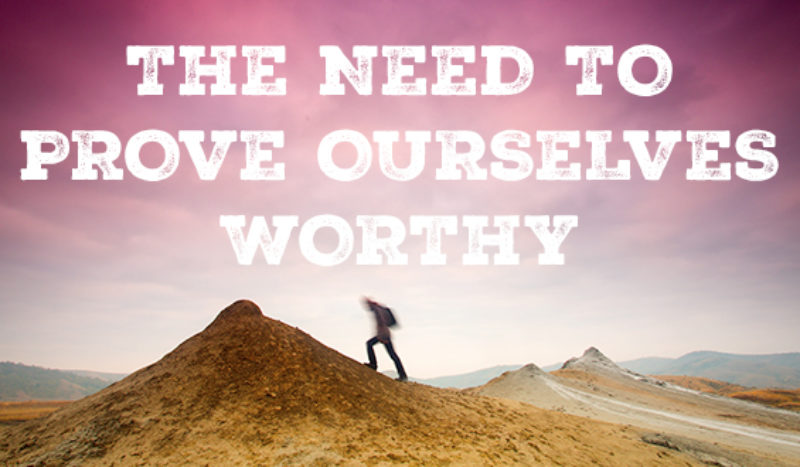Sustainable design, a.k.a. eco-friendly design or green design, refers to the practice of creating products, buildings, or systems that minimize environmental impact while maximizing social and economic benefits.
Sounds easy, right? It aims to meet present needs without compromising the ability of future generations to meet their own needs. Those doing it consider the environmental, social, and economic aspects of design throughout the entire lifecycle of a product or project. Here’s a breakdown of some of those considerations and what they might entail –
- Environmental: Minimizes resource consumption, reduces pollution and waste, and promotes the use of renewable materials and energy sources.
- Social Equity: Create spaces and products that are inclusive, accessible, and beneficial to all members of society. It considers social equity by addressing issues such as affordability, health, and community well-being.
- Economic Viability: Consider both short-term costs and long-term benefits. Emphasize cost-effectiveness, return on investment, and the creation of jobs and economic opportunities.
- Life Cycle Assessment: Evaluates the environmental impact of a product or project throughout its entire lifecycle, from raw material extraction to manufacturing, use, and disposal. It seeks to minimize environmental impact at every stage and promote circular economy principles.
What does sustainability look like in our everyday lives, structures, and products? Some themes and examples of sustainable design practices include:
The Power of Energy-Efficient Buildings
Designing energy-efficient buildings with features such as passive solar heating, natural ventilation, and high-performance insulation.
Example: The John and Frances Angelos Law Center in Baltimore is a contemporary and sustainable building. It incorporates innovative strategies to reduce energy consumption and water usage significantly, surpassing baseline standards. These include active-slab heating and cooling, natural ventilation, daylight capture, and the use of recycled materials.
Additionally, the building’s orientation, window placement, and HVAC design were informed by comprehensive climate analysis and simulations to optimize energy efficiency. The choice of a thermo-active indoor climate system, along with the use of fly ash in concrete production, further underscores the commitment to sustainability, resulting in a significant reduction in carbon emissions.
The project was completed with Behnisch Architekten, a prominent architecture firm based in Stuttgart, Germany, with additional offices in Munich, Germany, and Boston, USA. Behnisch Architekten has gained international recognition for its commitment to environmentally responsive and socially responsible architecture.
Upcycling Materials
Using recycled or renewable materials in product design and packaging.
Example: Mount Royal Soap Company was founded in Baltimore, MD in the Spring of 2014 by three soap-obsessed friends (we actually featured them in another blog article about small businesses to support, check it out here). They began selling their products at Baltimore Farmers Markets in 2015. Then they quickly gained an amazingly loyal following. In 2018, they took the leap into opening our first retail store in the neighborhood of Remington.
Their products are palm-oil free. The demand for it has led to serious deforestation and conservation issues in the areas that it is harvested in. They believe there is no sustainable source of palm oil and have chosen to avoid it altogether.
They use glass packaging whenever possible. Plastic is notoriously difficult to recycle, and almost impossible to break down naturally. Mount Royal Soap Company uses glass packaging wherever possible. They also sterilize and reuse glass packaging that is returned to us, and make their own shipping material out of used cardboard
The Power of Greens
Incorporating green infrastructure, such as rain gardens and green roofs, to manage stormwater and improve air quality.
Example: The Morgan Business Center is one of the top eco-friendly sustainable buildings in Maryland. The LEED Gold-certified building has a central atrium with three skylights to maximize daylighting while reducing the building’s heat load by 35%.
The integrated rainwater harvesting and treatment system collects and purifies stormwater from the building for use in landscaping.
Additionally, the center has a usable green roof with views of downtown Baltimore. The roof shields the building against heat loss in winter and heat gain in summer to save heating and cooling energy.
Conserving Resources
Designing products for disassembly and recycling to reduce waste and promote resource conservation.
Example: On Cloud is a global sportswear brand defined by innovation. In nature, all things come to an end. But nothing goes to waste. That is the influence behind Cyclon, a circular subscription service for fully recyclable running shoes.
The Cyclon Circular subscription service by On.com aims to promote sustainability by offering recyclable running shoes through a convenient subscription model. Every six months, subscribers can request a new pair to replace their worn-out shoes. On.com receives the returned shoes and washes and grinds down the materials for reuse, completing the circular cycle with minimal waste. This service reflects On.com’s commitment to environmental responsibility and ensuring top-notch performance for runners while reducing their ecological footprint.
Also, as any runner will tell you, there’s nothing like pounding the pavement in a fresh pair of running shoes.
Reducing Waste
Reduce packaging, reduce waste.
Example: LUSH, a cult favorite, sells 66% of its products each year completely naked. With very little packaging, solid products like soap, bath bombs and massage bars need very little to protect or contain them.
In many instances, for everything bottled from shampoo to shower gel to lotion, the packaging was a larger part of the manufacturing cost than the contents, and that the bottle, label and lid cost more than twice the product itself.
They also believe that if they spend the time and effort through personal customer service to connect you with the right product you need, you become a repeat customer and spend less time and money on other unneeded products. With this approach, you won’t end up with bathroom cabinets, window sills and shelves full of unwanted stuff, taking a pit-stop in your bathroom on its way to the landfill.
Overall, sustainable design aims to balance environmental, social, and economic considerations to create solutions that are resilient, equitable, and regenerative. It requires collaboration among designers, engineers, policymakers, and stakeholders to address complex challenges and create a more sustainable future for all.


